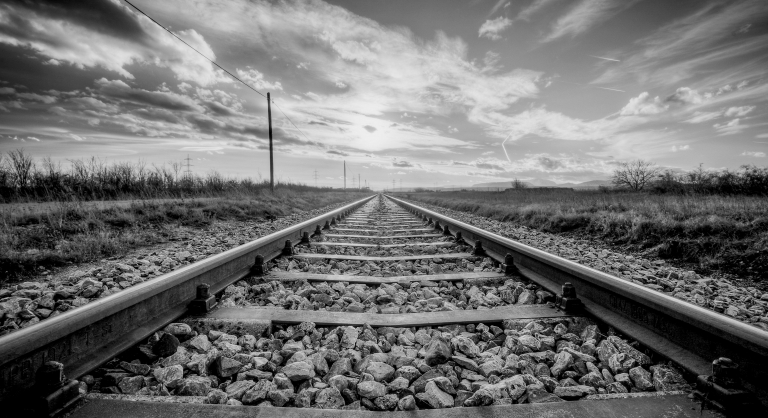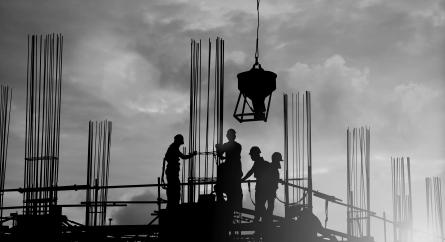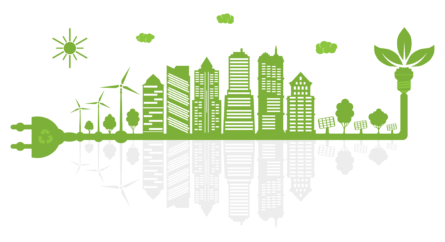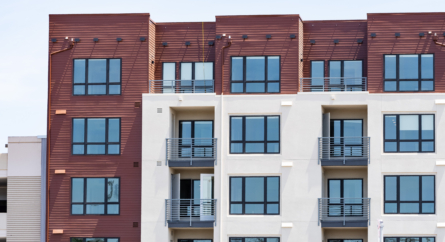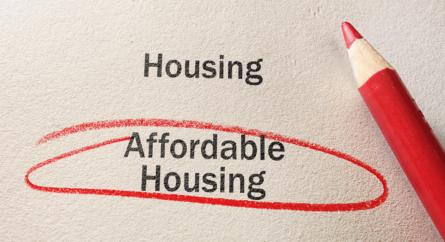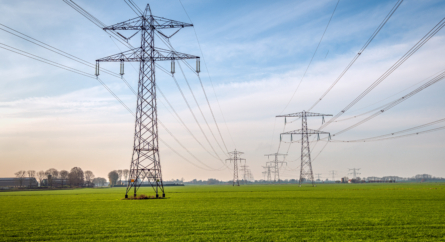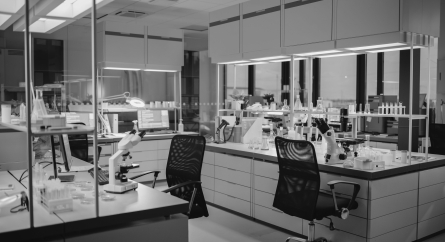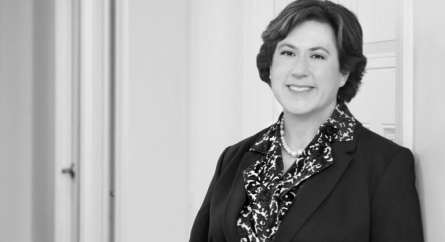Transit-Oriented Development: A Key to Union Station Success
Transit-oriented development is a key idea among modern urban planners, and will likely be the key that unlocks new life for Worcester’s Union Station. What is it, and why will it make a difference?
Transit-oriented development is, well, development that is oriented around transit hubs. To oversimplify, the concept is to make the public transportation system so integral to an area that it is easy for people to use it – easier than it is to use a car.
Thanks to a focus on Worcester that in part arises from two lieutenant governors from Central Massachusetts and their efforts to strengthen the region, along with City Manager Ed Augustus’s tireless work to raise the visibility and viability of Worcester, the train system in and out of Worcester has improved significantly over the last decade or so. But there are still problems: The Heart to Hub train runs once a day each way and not at peak commute hours; there are simply not enough trains running to make taking the train to Boston a no-brainer; and the weather affects the trains far more than we would all prefer.
One of the problems has been the design of the platforms at Union Station that only allows one train at a time to be boarded. The MBTA is now working on that so we can have a train coming into the station at the same time an outbound train is boarding.
Ridership on the train has improved, but there is significant room for growth. Moreover, right now, there is little reason even for train riders to go into Union Station. People drive from their far-flung homes, park in the commuter lots and board the train from the platform without ever setting foot inside the station.
With transit-oriented development, there would be apartment buildings within a three-minute walk of Union Station, and businesses located nearby so a person getting off the train can quickly, safely and easily walk from the station to her apartment each evening or the station to her office each morning. Thanks to the new apartments at 145 Front and the Mercantile Center, there are such developments, and the City is working on making the walk itself more appealing.
Now imagine if on the walk from the train to her apartment, there was a small market so she could pick up a pint of milk and some lettuce on the way home; a dry cleaner; a flower stand. This is typical of life in cities that weren’t designed around the automobile. How urbane! Such development helps preserve undeveloped land and reduce automobile traffic while creating life on the streets and opportunities for small businesses, all centered around our landmark Union Station.
This is a much bigger undertaking than hoping to breathe new life into Union Station by enticing a Chipotle restaurant (the number one request, according to the report by the Worcester Regional Research Bureau and Worcester Regional Chamber of Commerce) to locate in Union Station. However, it is a time-tested formula that has worked in cities across the globe for decades.
Categorized: Development, Real Estate
Tagged In: construction, Development, transit-oriented development, transportation, Union Station, Worcester


